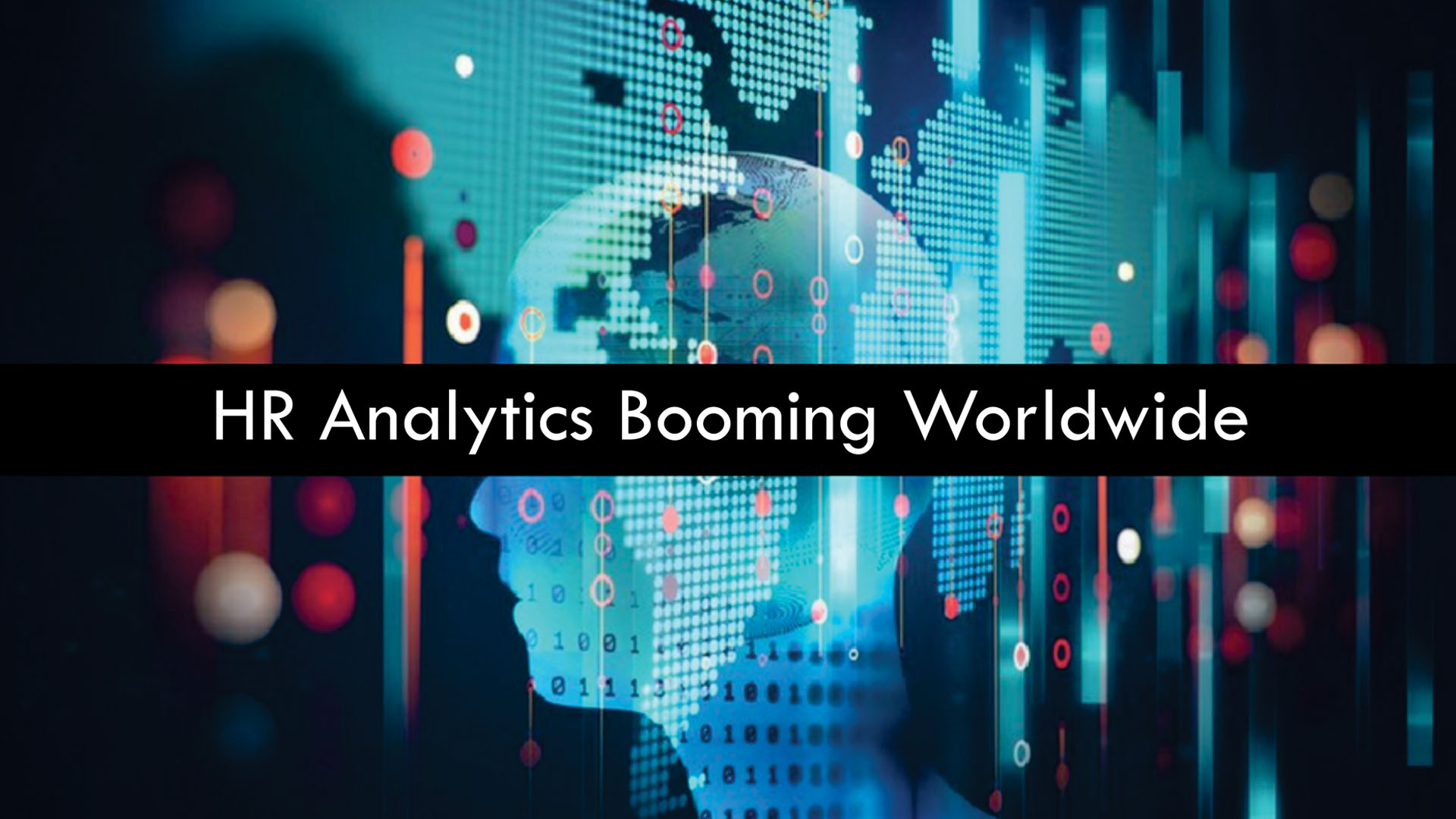


25,November 2019
Analytics is a way to derive insights from data and metrics. In India analytics, data science and big data industry is expected to grow 20 billion dollar industry by 2025 (according to AI Magazine, 2018). Skill, knowledge, expertise, technology, digitalization and big data are transforming the traditional Human Resources functions into artificial intelligence and data driven decision making. Human Resource Analytics can be defined as analytics that is concern with human resource analysis and to apply this process to the people within an organization in order to improve employee performance, retention and engagement. For example, Human Resource analytics illicit collecting and analyzing the data associated with various Human Resource functions like selection and recruitment, talent acquisition, employee engagement, performance management and retention of employees to take better decision. It is also enforces to upgrade human capital, prepare in advance, monitor, improve talent retention, employee productivity, effectiveness, employee engagement and work culture.
Organizations that use HR analytics spend less time in employees hiring, helps to increase employees engagement, minimize attrition rate and absenteeism. There are some of the key HR metrics that organizations need to implement to sustain in a very competitive labor market, i.e. - time to hire, cost per hire, cost of retention per employee, revenue per employee, offer acceptance rate, training efficiency, involuntary turnover rate, voluntary turnover rate, absenteeism and training expense per employee. It offers some unprecedented benefits. It permits Human Resource teams to minimize costs per hire, minimize attrition and turnover rate, and minimize training expense per employee. There are few metrics that organizations need to supervise and assess the health of their manpower, and knowing what actions to take in order to improve those metrics.
As per “Global HR Analytics Market (2019-2025) report suggested that Human Resource Analytics market size is expected to grow $3.9 billion by 2025 in the worldwide which is rising at a market growth of 13.6% CAGR during the forecast period. Artificial Intelligence and Machine learning algorithms help organizations to match the best talent for a vacant profile, thereby improving right kind of people at right place. Similarly recruiters can analyze a pattern of high performing workforce and accordingly recruiters make amendment their hiring, retention strategy and help to identify reasons of attrition within an organizations. In current scenario, markets are being flooded with dozens of companies and are really arduous task to retain and attract the most talented employees. In previous year PGDM HRM course admission got increased by good percentage and because of this there is increase in demands, and many colleges are offering this program.
Traditional Human Resource Management is unable to handle this issues because it is not able to analyze so many information at the same time. HR analytics provides contemporary solutions related to talent retention management to companies so that they are able to create strong and right candidates data base . It becomes easier to the companies to select right candidates. With the help of software , this process will become much easier and consume less time. The most important reason for booming HR analytics is that it provides great insights about the human resource which can be analyzed for taking quick decisions. Second it also help in better understanding of what motivates employees to increase their efficiency and productivity. With the help of this, individual can predict that what types of skills and performance are required to improve performance. In the today’s world HR analytics is being embraced by businesses across the world. It can be applied at all levels in organizations for better insights. There are various types of HR analytics- descriptive analytics helps to make understand how things are going at the lower level of hierarchy to collect data and insights. Predictive analytics helps to forecast HR performance in future and prescriptive analytics provides suggestions to take relevant actions and it is applicable at top hierarchical levels.The nine most widely used HR analytics tools are- R is one of the most extensive tool that is being used to analyze and visualize big data. Second is python which has less functionalities but very easy to learn.Third is Excel, which is intuitive in nature and very easy to use. Fourth is Power BI , which enables to combine in large database from various data sources. Fifth is Tableau is quiet similar to Power BI . Sixth is Visier, that enables to connect into one HR BI tool. Seventh tool is Qlik which has more extensive dashboard capacity. SPSS is one of the widely used tool in HR analytics and in Behavioral Science and CPLEX Optimizer is used for prescriptive analytics.